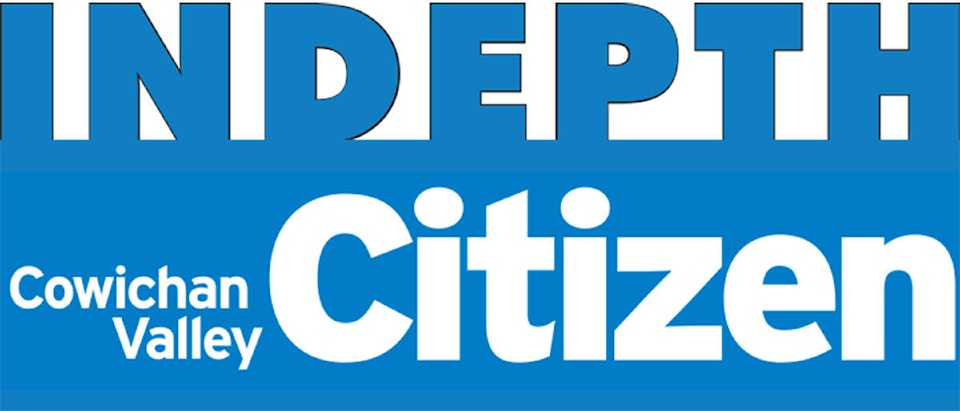There has not been a municipal amalgamation in B.C. since Abbotsford and Matsqui successfully merged in 1996.
The Vancouver-based Urban Systems tabled a report in September, 2017, for Duncan and North Cowichan that analyzed many aspects of amalgamation, while highlighting the issues other communities, including Abbotsford and Matsqui, who amalgamated have experienced.
The technical study, called “Amalgamation Study Technical Analysis Report”, found that Abbotsford and Matsqui shared many characteristics with Duncan and North Cowichan before the two communities amalgamated.
Abbotsford had a small, older downtown, while Matsqui was geographically larger with a spread-out commercial area.
The two municipalities also shared many services and cooperated primarily through the regional district, as do Duncan and North Cowichan.
However, rapid development and population growth put a strain on shared service-delivery arrangements.
When the communities finally voted in favour of amalgamation in 1993, the issue had already been debated for decades.
More than 20 years have passed since the communities amalgamated and the benefits of hindsight allowed Urban Systems to identify several lessons that were learned from that process.
The report concluded the process of implementing was more substantial than anticipated.
For example, it involved the cost of hiring consultants to support a joint committee of councils, costs associated with severance pay due to staff restructuring, and renegotiations of various agreements and contracts.
The study also found that one of the largest costs of amalgamating was the harmonization of the official community plans and zoning bylaws.
The initial process took approximately two years and caused delays in processing land-use applications and building permits.
Full administrative and cultural transition took almost a generation of staff, and achieving full harmonization between the existing zoning bylaws took almost two decades.
The one-time consolidation expenses amounted to about $1.15 million for Abbotsford and Matsqui, with the province covering approximately one-third of these expenses.
But the study found that streamlined decision-making, as a result of having one council instead of two, facilitated large investments in infrastructure improvements.
Municipal spending did not change substantially, and the amalgamated municipality was able to plan new residential and commercial developments more effectively.
As well, the study concluded that economic development became easier to facilitate as there was only one set of plans and regulations to follow.
Amalgamation also made it easier and clearer to market opportunities to the business community.
Prior to amalgamation, there had been significant confusion over boundaries, postal codes, and which rules applied where.
“Twenty years down the line, the legacy [of amalgamation between Abbotsford and Matsqui] has been generally positive, and reference to pre-amalgamation rarely occurs,” the technical study concluded.
robert.barron@cowichanvalleycitizen.com
Like us on Facebook and follow us on Twitter
